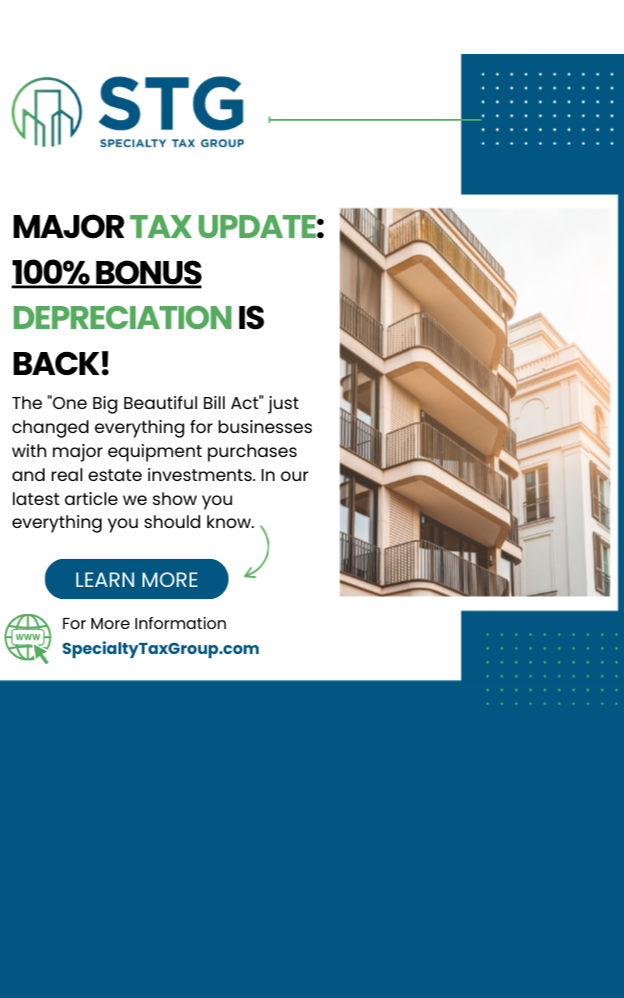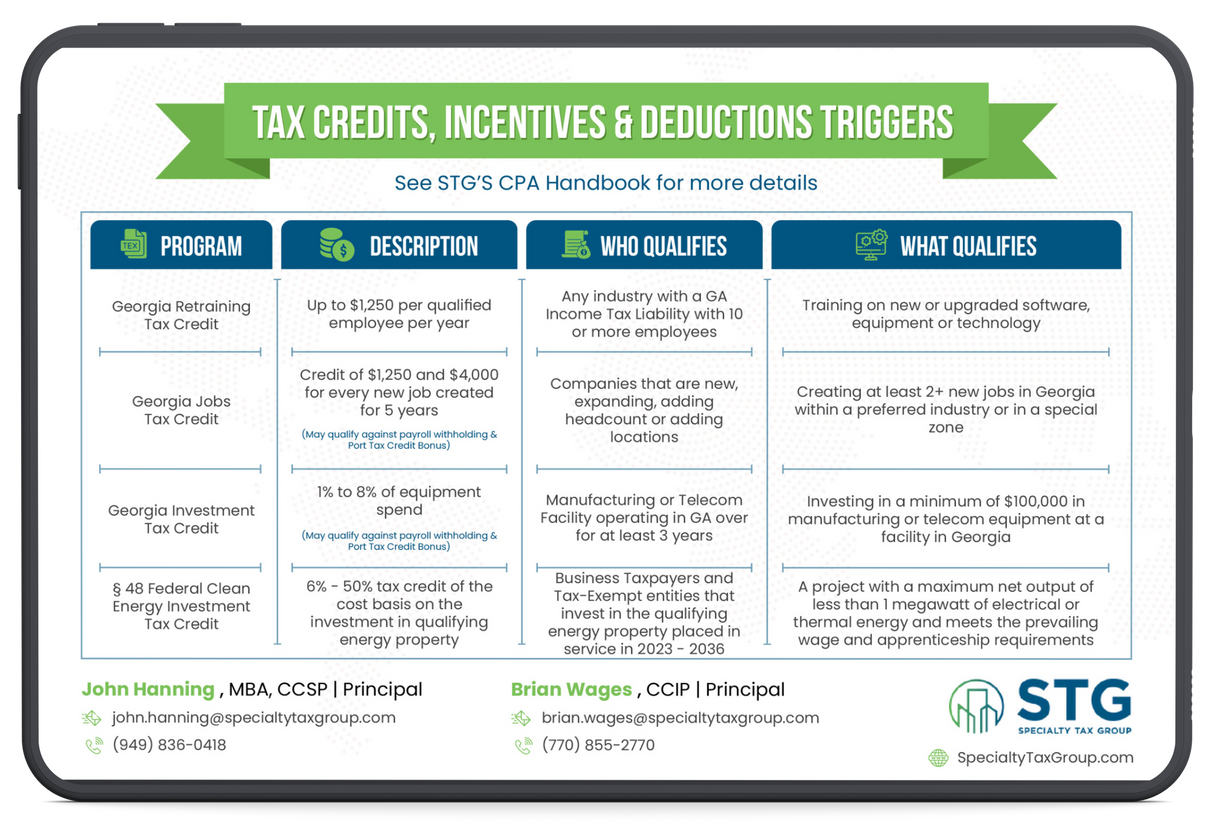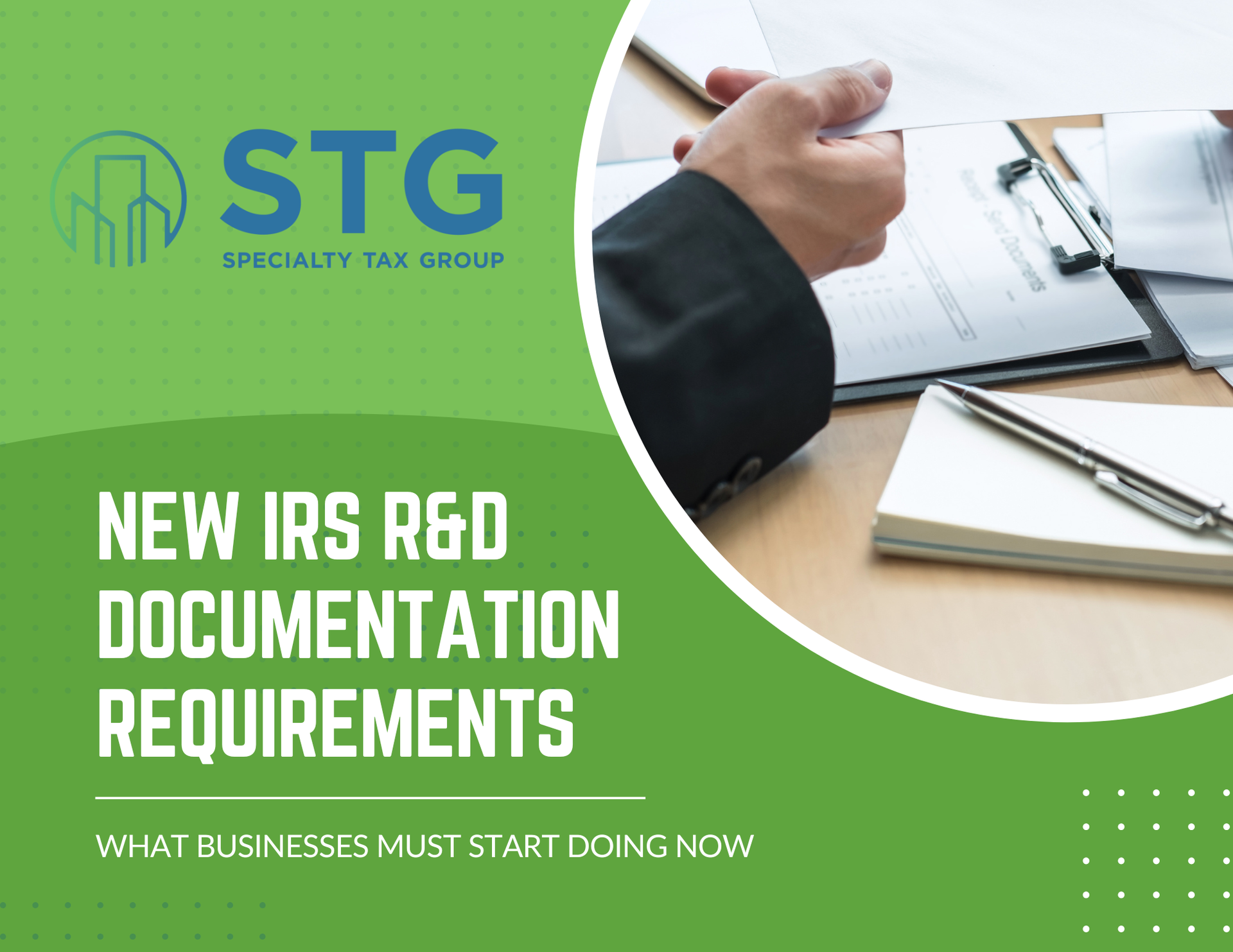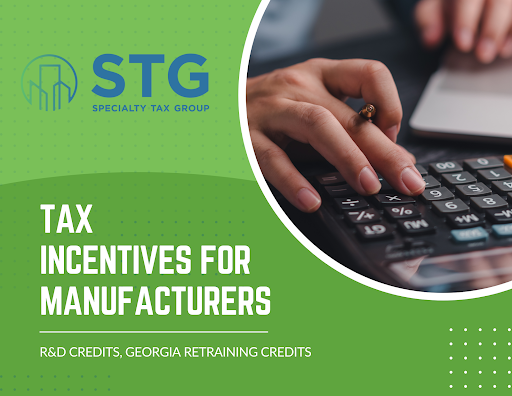This blog post has been researched, edited, and approved by John Hanning and Brian Wages. Join our newsletter below.
Businesses need to increase cash flow wherever they can, especially in our unstable post-pandemic economy. Cost segregation is a tax strategy that helps business owners save money on the depreciating value of certain property assets. The money they save will increase their cash flow, which can in turn help them maintain their current assets and expand their business.
How Does Cost Segregation Benefit Businesses?
Cost segregation reclassifies parts of your building or property as “personal property” under Sections 168 and 179 of the IRS tax code. The reason for doing this is to increase the rate of depreciation, which increases the number of tax deductions available to you as the owner of the building or property.
The tax court recently ruled that certain costs, classified as buildings subject to a 39 or 27.5-year lifespan, should be classified as personal property subject to a five, seven, or 15-year recovery period. The benefits of cost segregation are enormous for businesses. On average, for every $1 million of a 39 or 27.5-year property that is reclassified as a 5 or 15-year property, the present value of the net cash flow (at 8 percent associated with the rate of depreciation) is around $200,000.
Multiply that the number of millions of dollars you can reclassify, and you could possibly generate hundreds of thousands, if not close to a million dollars in cash flow. That money can now go to other improving other properties, maintenance, investments, or wherever it is needed in your business.
Can New And Established Businesses Benefit?
Whether you just started your company within the last year or have been established for several decades, you can still benefit from a cost segregation study. The IRS allows a taxpayer to go as far back as 1987 to reclassify personal property items that have been incorrectly depreciated. This change is prospective and no amended returns are required. A change in accounting method can be completed in the year of change to implement the corrected recovery periods.
What Parts Of My Business Can I Reclassify As Personal Property?
There are a wide range of assets that can be reclassified as personal property to potentially yield tax savings. Typically, assets with shorter recovery periods than real property are good candidates.
Some examples may include:
- Recently constructed facilities like warehouses, manufacturing plants, or office buildings. The parts with shorter lives like wiring, lighting, HVAC systems can be reclassified.
- Renovations, remodels, restorations, or expansions done to an existing building. The new additions and improvements can possibly be reclassified.
- Acquisitions (current year or lookbacks) of buildings or equipment. Cost segregation can be applied to recently acquired assets.
- Tenant leasehold improvements like walls, lighting, flooring. Since these assets have shorter lives, they can potentially be reclassified.
Other categories of assets that may qualify:
- Special mechanical systems like high-tech medical or computing equipment
- Decorative elements like sculptures or fountains
- Modular walls and barriers used to reconfigure office spaces
A cost segregation specialist can perform an in-depth engineering-based analysis on your business assets to identify components that may be eligible for reclassification as personal property.
This allows you to accelerate depreciation deductions which in turn yields valuable tax savings. They will ensure IRS guidelines and procedures are followed.
How Can I Start Cost Segregation For My Business?
The first step in starting cost segregation for your business is to contact Specialty Tax Group. We will perform an analysis on your property, followed by audit-ready deliverables and help with implementation, so you can benefit from our services and your newfound tax deductions as soon as possible.
Contact Specialty Tax Group today to speak with one of our cost segregation specialists.
2024 Tax Guide





